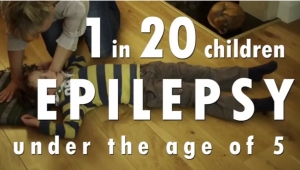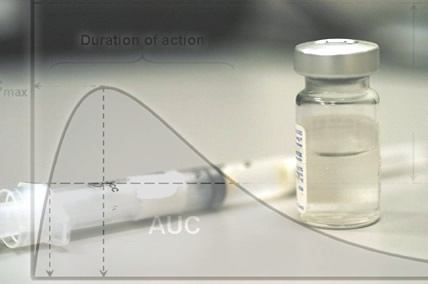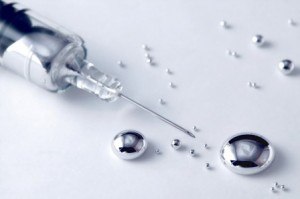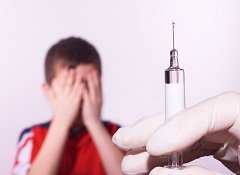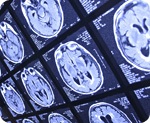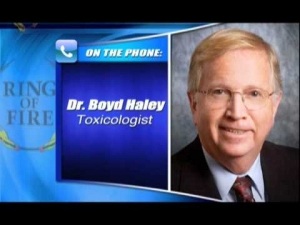Two Meta-Analysis Reviews Confirm (Yet Again) the Link between Mercury and Autism Spectrum Disorder
Mercury is a potent neurotoxin. Even the smallest amounts can cause cumulative adverse effects. Two of the most widespread forms of mercury exposure come from the organic compounds methylmercury (found in fish) and ethylmercury, which makes up 50% of the vaccine preservative thimerosal. The Agency for Toxic Substances and Disease Registry (ATSDR) affirms that young children and fetuses are particularly sensitive to harmful mercury-related effects such as “brain damage, mental retardation, incoordination, blindness, seizures and inability to speak.” This calls into question public health authorities’ aggressive peddling of annual flu shots—many of which contain thimerosal. The influenza vaccine guidelines target all children who are at least six months of age, with two closely spaced doses recommended for very young children in their “first season of vaccination.” They also target pregnant women and women who “might” be pregnant. Organic mercury can cross the blood-brain barrier, and numerous studies have fingered it as a major offender in increasing the risk of neurodevelopmental disorders such as autism spectrum disorder (ASD), tic disorders, delayed language and attention-deficit/hyperactivity disorder (ADHD). Shamefully, the Centers for Disease Control and Prevention (CDC) refuses to admit that mercury is an ASD risk factor. Instead, it has been left up to other researchers to continue to focus attention on the compelling relationship between mercury and ASD.




